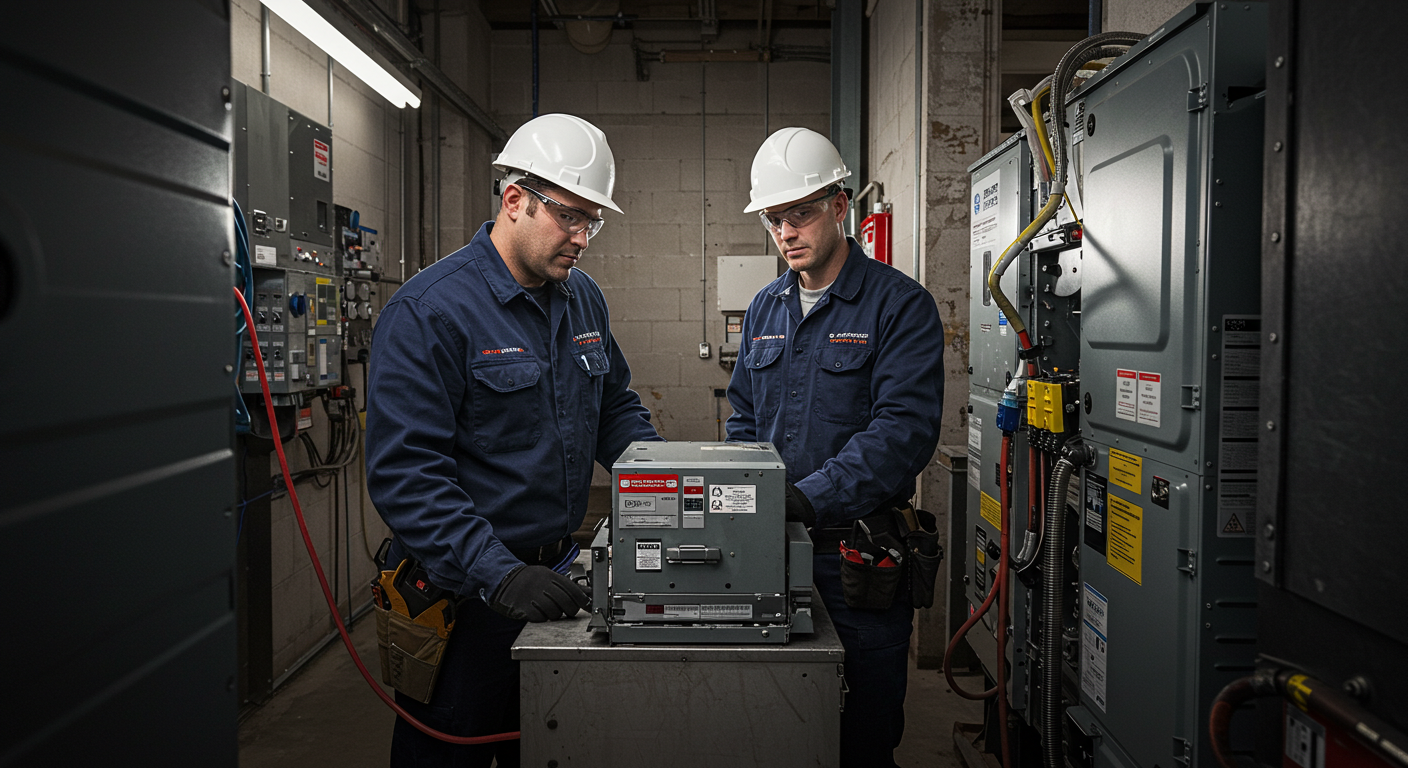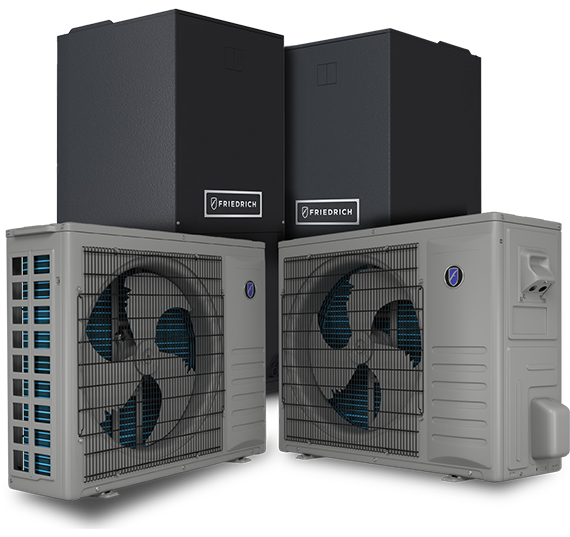How Augmented Reality (AR) Can Transform HVAC Repairs
In the fast-evolving world of HVAC, staying ahead of the game means embracing the latest technology. Augmented Reality (AR) is one such technology that is revolutionizing the way we approach HVAC repairs and maintenance. If you’re looking to enhance your repair processes, understanding AR’s impact on the HVAC sector is crucial. Let’s dive into how AR is reshaping our industry.
Diagnostics and Troubleshooting Made Easy
Imagine scanning a QR code on an HVAC unit and instantly accessing all the operational data you need. AR makes this a reality by overlaying critical information right onto the equipment. This not only speeds up the troubleshooting process but also ensures accuracy. With tools like Fieldpiece digital manifolds, you can visualize system performance data directly over the equipment, making diagnostics a breeze.
Training and Technical Assistance
Training new technicians can be a daunting task, but AR simplifies it by providing step-by-step guidance during installations and repairs. This virtual training reduces the risk of errors and accidents, ensuring a higher quality of work. Whether you’re dealing with complex systems or standard units, AR tools offer real-time assistance that can significantly improve the efficiency of your team.
Boosting Efficiency with AR
Efficiency is key in HVAC operations, and AR plays a pivotal role in enhancing it. By supporting Quality Assurance and Quality Control processes, AR ensures that all completed tasks meet industry standards. Maintenance managers can make informed decisions about equipment that needs attention, ultimately saving time and reducing costs while managing risks effectively.
Implementation Requirements
Getting started with AR doesn’t require a massive investment. Basic implementation can be achieved with smartphones, tablets, or specialized headsets, paired with apps that overlay 3D models on real-world objects. For more detailed diagnostics, integrating thermal imaging cameras with AR solutions enhances system evaluations, offering a comprehensive view of equipment health.
- Access real-time data for accurate diagnostics.
- Reduce training time with AR-guided installations.
- Improve maintenance quality with step-by-step assistance.
- Enhance decision-making with Quality Assurance support.
Conclusion
Augmented Reality is more than just a tech trend; it’s a game-changer for HVAC repairs. By integrating AR into your processes, you can improve diagnostics, streamline training, and boost overall efficiency. Embrace AR today and transform the way you approach HVAC maintenance. Your clients will appreciate the enhanced service and quicker resolutions.
Ready to revolutionize your HVAC repair process? Start exploring AR solutions tailored to your needs today!
FAQ
How does AR improve HVAC repairs?
AR enhances HVAC repairs by providing real-time data, reducing diagnostic time, and offering step-by-step repair guidance.
What equipment is needed for AR in HVAC?
You will need smartphones, tablets, or AR headsets, along with compatible apps to overlay 3D models on HVAC equipment.
Can AR assist with HVAC training?
Yes, AR offers virtual training solutions that reduce errors and improve the quality of HVAC installations and repairs.
Is AR cost-effective for HVAC businesses?
Implementing AR can save money in the long run by reducing repair times and improving service quality, making it a cost-effective solution.
How can AR aid in HVAC diagnostics?
AR allows technicians to visualize system performance data overlaid on equipment, providing accurate and quick diagnostics.









